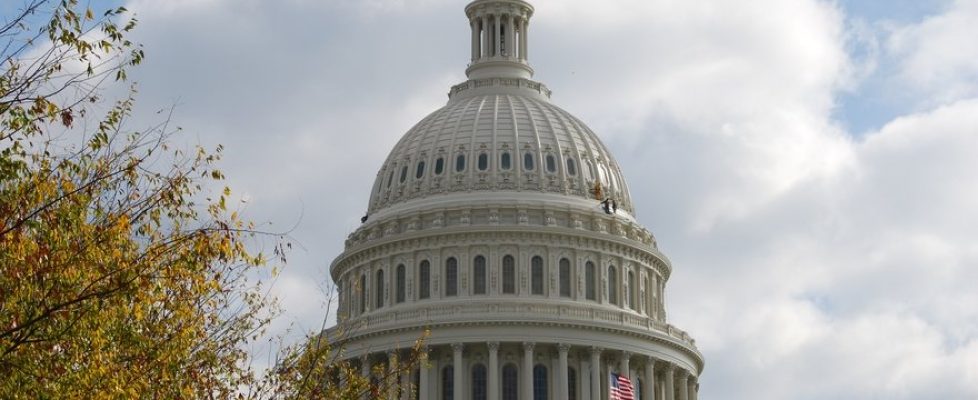Tele-Tuesday: Executive Order Signals Increased Support for Telehealth Expansion
US President Donald Trump issued an executive order on August 3 that aims to expand telehealth access to Medicare beneficiaries beyond the coronavirus (COVID-19) public health emergency (PHE) period. The executive order focuses on rural healthcare providers in particular, noting the difficulties patients in rural areas face in obtaining accessible, high-quality healthcare services over the years. The order contains four specific directives:
- The US Department of Health and Human Services (HHS) must create a new 1115A model to test payment mechanisms related to rural healthcare providers.
- HHS, the Federal Communications Commission, and the US Department of Agriculture must develop a strategy to improve rural health care through developing healthcare-related infrastructure.
- HHS must issue a report regarding existing and planned policy initiatives that enhance various rural healthcare quality metrics, including identifying “regulatory burdens that limit the availability of clinical professionals.”
- HHS must propose regulation that would extend the measures taken during the PHE beyond its current duration as to both “the additional telehealth services offered to Medicare beneficiaries” and “the services, reporting, staffing, and supervision flexibilities offered to Medicare providers in rural areas.”
While many reports suggest that the executive order will permanently expand telehealth access in the Medicare program, there are many additional hurdles to overcome. In reality, the order simply signals that the Centers for Medicare & Medicaid Services (CMS) can, with the backing of the executive branch, move forward with making permanent many of the regulatory amendments it promulgated as a result of the COVID-19 pandemic. For instance, the significant expansion of the Medicare telehealth code list and the process for categorizing certain CPT codes as “telehealth” codes are viable permanent process changes. Other changes—such as the process of labeling patient homes as provider-based outpatient departments of a hospital for purposes of the Medicare originating site facility fee—may not be as feasible in the long term.
Irrespective of the proposed regulations CMS ultimately develops, meaningful telehealth expansion must come from Congress. Leaders from both parties, now with the support of the president and various key leaders from HHS and CMS, have signaled their goal of making telehealth access permanent for Medicare beneficiaries. When the PHE ends, the provisions of SSA 1834(m) restricting Medicare telehealth coverage to certain “originating site” locations located in rural areas will return without additional action from Congress. There is, however, legislation currently pending in Congress that would permanently remove these obstacles from the Medicare program. In addition, HHS recently issued a report lauding the benefits of telehealth.
So while the Executive Order on Improving Rural Health and Telehealth Access cannot, legally speaking, make telehealth permanent in the Medicare program, it is a good sign for the future of this key aspect of healthcare services. Ultimately, Congress must come together to pass meaningful legislation on this issue, which continues to involve matters of Congressional Budget Office scoring, but the stars are aligned for widespread adoption and expansion of telehealth in the Medicare program.
That said, telehealth providers are still faced with a complex licensure framework that has not yet received meaningful coordination from the various states that oversee healthcare practitioner licensing. In addition, while Medicare is an important funding source for healthcare providers, and typically a leader in terms of the state of insurance coverage generally, commercial insurers must also identify value in the telehealth model and encourage more widespread adoption through payment rate modifications.

